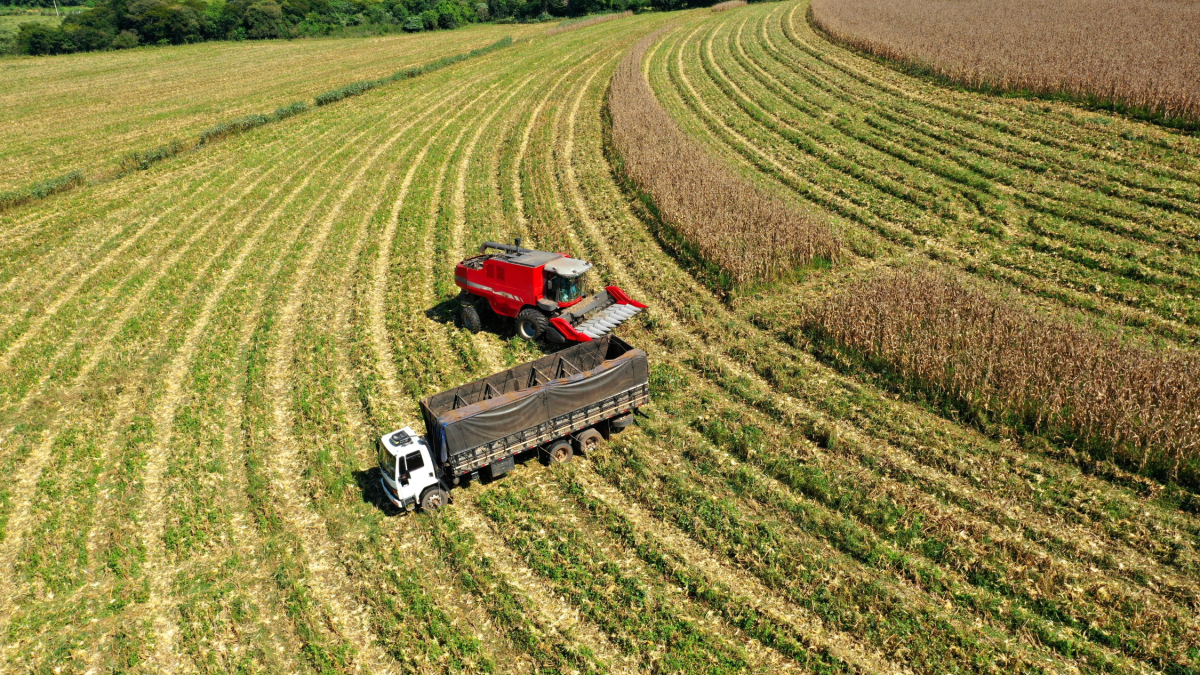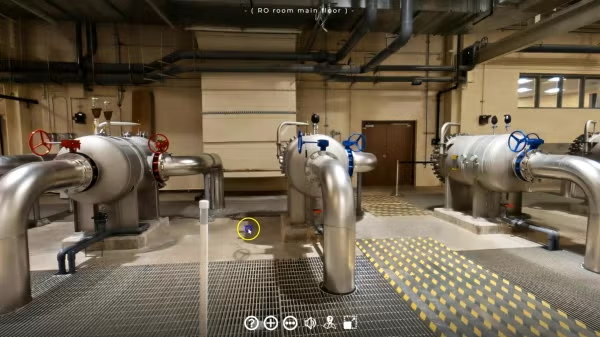ASU scientist studies how bans, regulations on food technology affect consumer acceptance, perceptions

Photo courtesy Getty Images
How do people process scientific developments with outside influences, warnings, biases and others’ opinions filtering in?
That’s the question Caitlin Drummond Otten, environmental social scientist, works to answer in her research. She is an assistant professor at the School of Human Evolution and Social Change and a senior Global Futures scientist at Arizona State University.
In a recent study, Drummond Otten and her colleagues Angela Bearth at ETH Zürich and Alex Segrè Cohen at the University of Oregon examined how people living in the United States and Switzerland thought about the use of genome editing in agriculture produced for human consumption.
“Each participant learned about one of three different applications of genome editing in agriculture: pest-resistant potatoes, gluten-free wheat and cold-resistant soybeans,” Drummond Otten said.
“Surprisingly, we generally did not find differences in perceptions across these different applications of genome editing. Instead, the strongest effects were those of the country: American consumers were generally more accepting than Swiss consumers, though a large share of participants from both countries reported positive feelings about the technology.”
The article, “Consumers' perceptions and acceptance of genome editing in agriculture: Insights from the United States of America and Switzerland,” was recently published in Food Research International.
ASU News spoke with Drummond Otten about her findings.
Question: What is the key takeaway and main point of this research paper?
Answer: We compared public responses to genome editing in agriculture in the United States and Switzerland to better understand how consumers in both countries view the technology and its risks and benefits.
We chose to survey consumers in the United States and Switzerland because these two countries have very different regulations for genome editing in agriculture: in America, foods produced with genome editing and related techniques are commercially available (e.g., Pairwise Foods’ Conscious Greens), while in Switzerland they are currently regulated as genetically engineered crops and, therefore, banned. We found that American consumers were generally more accepting of genome editing in agriculture than Swiss consumers, but, overall, roughly half of the consumers we surveyed expressed positive feelings about the technology.
Q: Why was doing this research important?
A: Genome editing could help to address challenges for agriculture and nutrition (e.g., increased disease resistance, longer shelf life or increased nutritional content), but like any new technology, its risks and uncertainties need to be weighed against its benefits. Around the world, different countries have taken different stances on regulating genome editing, which motivated our choice to compare consumers in the United States to those in Switzerland.
Understanding consumers’ sentiments and concerns toward genome editing in agriculture is important for informing the regulation of these technologies and communicating their risks and benefits to consumers to help them make informed decisions.
Q: Why are you interested in this research as an environmental social scientist?
A: Scientific and technological advances can affect people’s lives in so many ways, from the doctor’s office to the grocery store. While science and technology can improve people’s lives, they can also pose risks, and my research focuses on how people navigate the scientific evidence that’s relevant to their decisions. Through doing research projects like this one, I seek to build an understanding of public responses to scientific and technological issues that can support scientists in communicating clearly and effectively about scientific issues and facilitate informed public decision-making.
Q: In your article, you write that your “findings underscore the importance of a collaboration between the life sciences and social sciences in balancing technological innovations and public perceptions and acceptance, which have been shown in this study to be impacted by effect, values, and context.”
Can you explain this a little bit, or give an example of what a good collaboration would look like?
A: We’re arguing here against something called the “knowledge deficit” model — the idea that if the public is skeptical or concerned about a scientific or technological advance, it stems from not knowing enough about that scientific or technological advance. In this model, if experts work to increase public knowledge through communication and education, that will also increase public acceptance of scientific or technological advances.
We’re arguing instead that public concern or skepticism about a scientific or technological advance like genome editing is not purely due to public ignorance. Instead, our findings show that factors like people’s values and affective reactions are related to their acceptance of genome editing in agriculture. Our findings suggest the importance of life scientists and social scientists working together to better understand the factors that relate to public responses to scientific and technological issues, and craft research, regulations and communications that take into account public perceptions and concerns.
More Environment and sustainability

2 ASU faculty elected as AAAS Fellows
Two outstanding Arizona State University faculty spanning the physical sciences, psychological sciences and science policy have been named Fellows of the American Association for the Advancement of…

Homes for songbirds: Protecting Lucy’s warblers in the urban desert
Each spring, tiny Lucy’s warblers, with their soft gray plumage and rusty crown, return to the Arizona desert, flitting through the mesquite branches in search of safe places to nest.But as urban…

Public education project brings new water recycling process to life
A new virtual reality project developed by an interdisciplinary team at Arizona State University has earned the 2025 WateReuse Award for Excellence in Outreach and Education. The national …


